Galaxy Note 9 vs. Galaxy S9: Which Should You Buy?
Samsung’s newest phone is a beast, but is the newly unveiled Galaxy Note 9 better than the Galaxy S9? Here's a comparison of Samsung's top flagships.
Editors' Note: We originally published this story on Aug. 9, but we've updated on Aug. 10 at 4:55 p.m. ET to include benchmark results.
Samsung just took the wraps off its supersized, supercharged Galaxy Note 9, and we can vouch that this new phone is a beast. But wait, you might be thinking: Didn’t Samsung just release a pair of impressive flagships in the Galaxy S9 and S9+? Yep, it sure did. The Note 9 is the newest addition to Samsung’s smartphone lineup, but the S9, which arrived less than six months ago, isn’t exactly chopped liver.
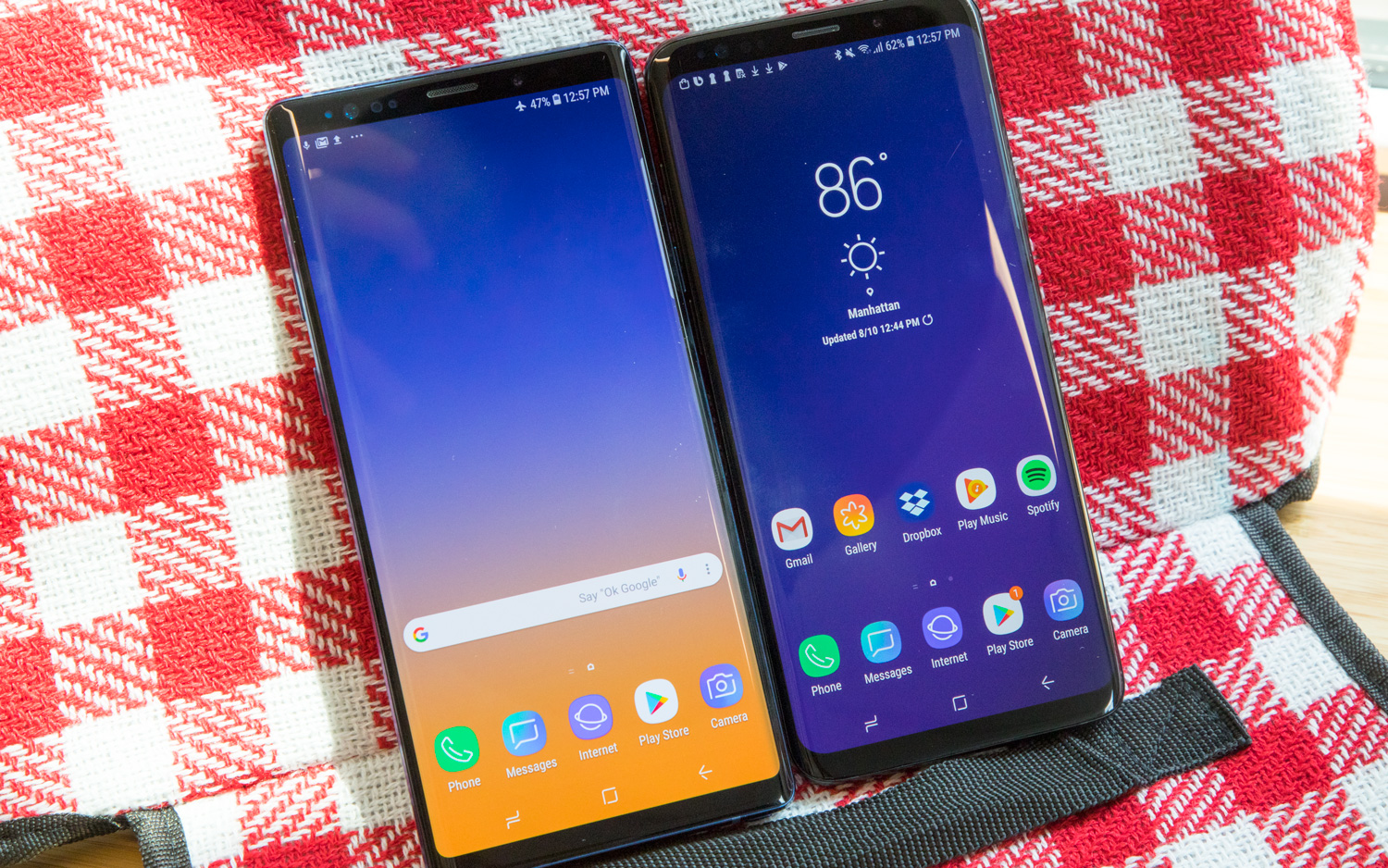
We went hands-on with the Note 9 to see how it stacks up to its slightly smaller siblings. And while we’ll update our analysis after we get the chance to thoroughly test the new phone, here’s some preliminary advice on which Galaxy device you should buy when the Note 9 goes on sale Aug. 24.
Galaxy Note 9 vs. S9: Specs Compared
| Model | Galaxy Note 9 | Galaxy S9+ | Galaxy S9 |
| Price | $999-$1249 | $840-$940 | $720-$820 |
| Display | 6.4 inches (2960 x 1440) | 6.2 inches (2960 x 1440) | 5.8 inches (2960 x 1440) |
| OS | Android 8.1 Oreo | Android 8.0 Oreo | Android 8.0 Oreo |
| CPU | Snapdragon 845 | Snapdragon 845 | Snapdragon 845 |
| RAM | 6GB/8GB | 6GB | 4GB |
| Storage | 128GB/512GB | 64GB | 64GB |
| microSD | up to 512GB | up to 400GB | up to 400GB |
| Rear Camera | Dual cameras: 12MP (f/1.5, f/2.4) and 12MP (f/2.4 telephoto) | Dual cameras: 12MP(f/1.5, f/2.4) and 12-MP (f/2.4 telephoto) | 12MP Super Speed Dual Pixel (f/1.5, f/2.4) |
| Front Camera | 8MP (f/1.7) | 8MP (f/1.7) | 8MP (f/1.7) |
| Battery | 4,000 mAh | 3,500 mAh | 3,300 mAh |
| Battery Life (hrs:mins) | TBD | 10:59 | 10:52 |
| Size | 6.3 x 3 x 0.34 inches | 6.2 x 2.9 x 0.33 inches | 5.8 x 2.7 x 0.33 inches |
| Weight | 7.1 ounces | 6.7 ounces | 5.8 ounces |
| Colors | Lavender Purple, Ocean Blue | Midnight Black, Coral Blue, Lilac Purple, Sunrise Gold, Burgundy Red | Midnight Black, Coral Blue, Lilac Purple, Sunrise Gold, Burgundy Red |
Design and Displays
Samsung bumped up the screen size from the already massive 6.3-inch Note 8 to a slightly more massive 6.4-inch Note 9. But the Galaxy S lineup isn’t far behind - the 6.2-inch S9+ is just a smidge smaller than the Note. The petite S9 sports a 5.8-inch display. The displays are all the same Super AMOLED, quad HD (2960 x 1440) panels, just in different sizes. Your mileage may vary, but the 6.4-inch screen obviously offers more viewing real estate for watching videos and playing games. It’s pretty stunning.
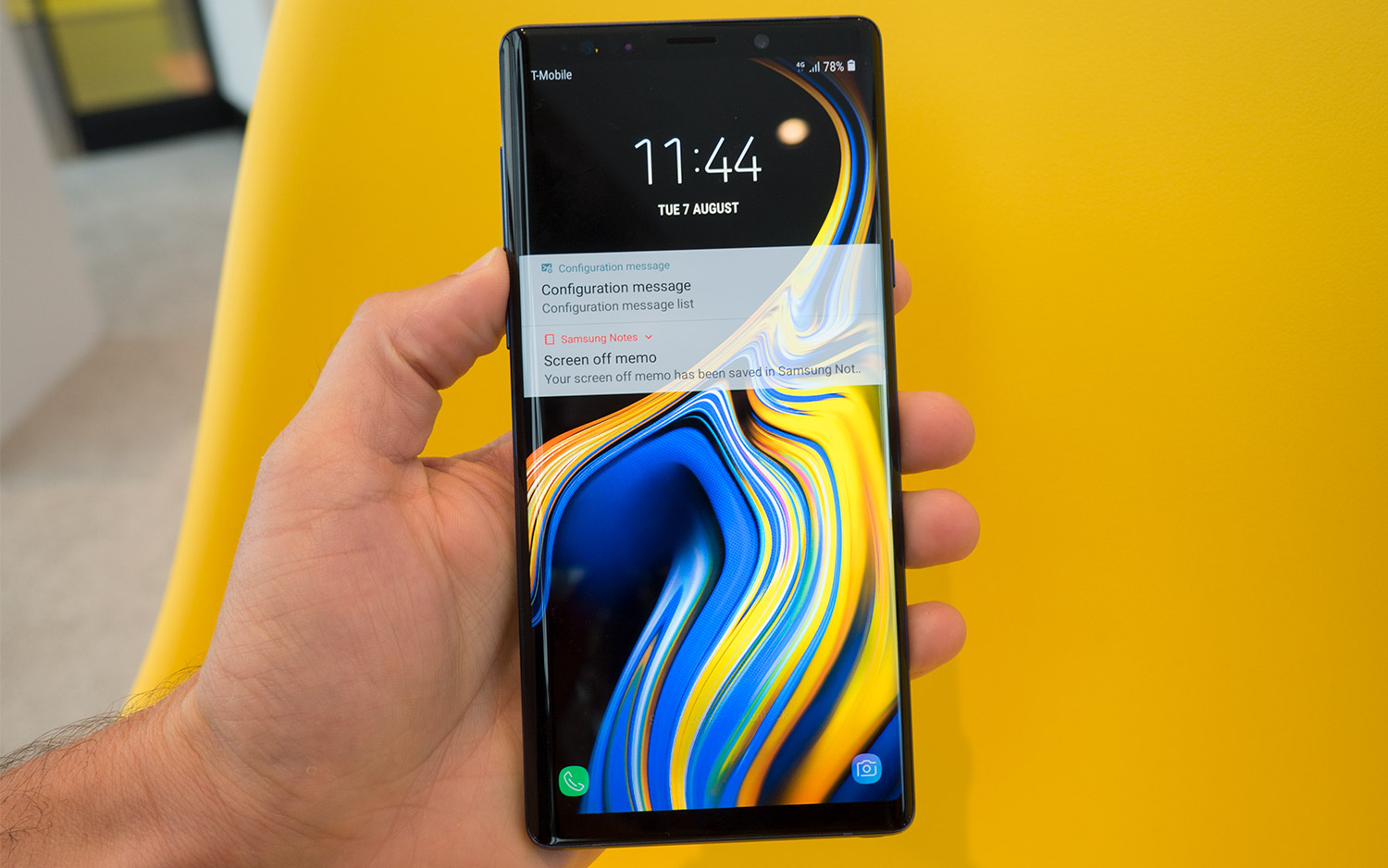
Samsung tweaked the Note 9’s design a bit, flattening out the display and adding chamfered edges that make the device overall less curvy than the S9 and S9+.
Sign up to get the BEST of Tom's Guide direct to your inbox.
Get instant access to breaking news, the hottest reviews, great deals and helpful tips.
The Note 9 comes in fewer colors than the S9, which offers five hues to choose from: Midnight Black, Coral Blue, Lilac Purple, Sunrise Gold and Burgundy Red. Note 9 buyers will have to pick between Lavender Purple and Ocean Blue, which are both beautiful, glossy fingerprint magnets.
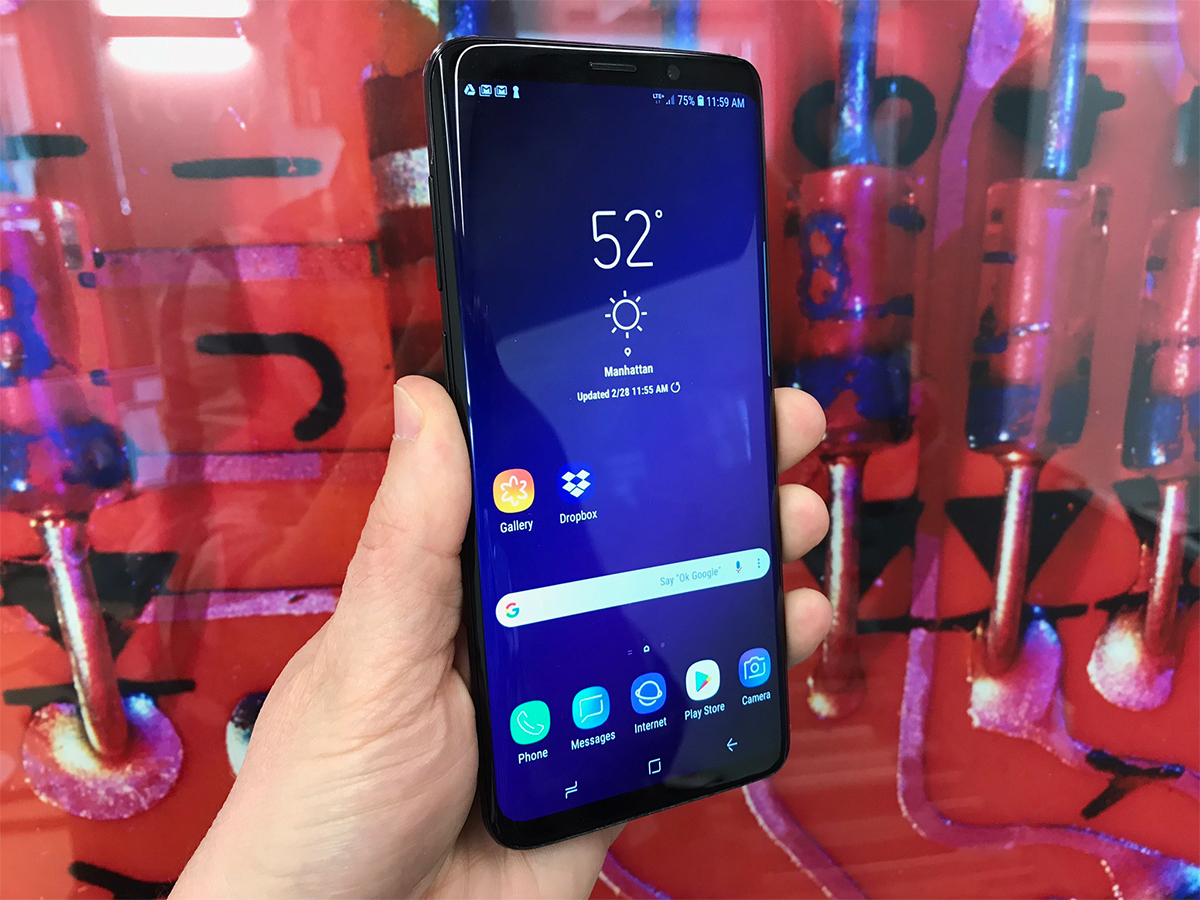
Samsung took note of the Note 8’s biggest flaw, the fingerprint sensor’s location, and changed it on its new phone. Like the S9, the Note 9’s sensor is now beneath the camera instead of right next to it.
MORE: Galaxy Note 9 Specs: What You Get
But the Note 9 may be a little too large for many people — not everyone wants a gigantic smartphone. Because the Note 9, S9 and S9+ sport the same high-res panel, you don’t have to sacrifice a great display for a smaller-sized device.
Advantage: Draw
Cameras
On paper, the Note 9 has the same exact camera set-up as the 6.2-inch S9+, with a dual-lens, dual-aperture, 12-megapixel rear camera system and an 8-MP front-facing lens. But Samsung is upping the ante, with the help of artificial intelligence, to give you a good reason to splurge on a Note 9.
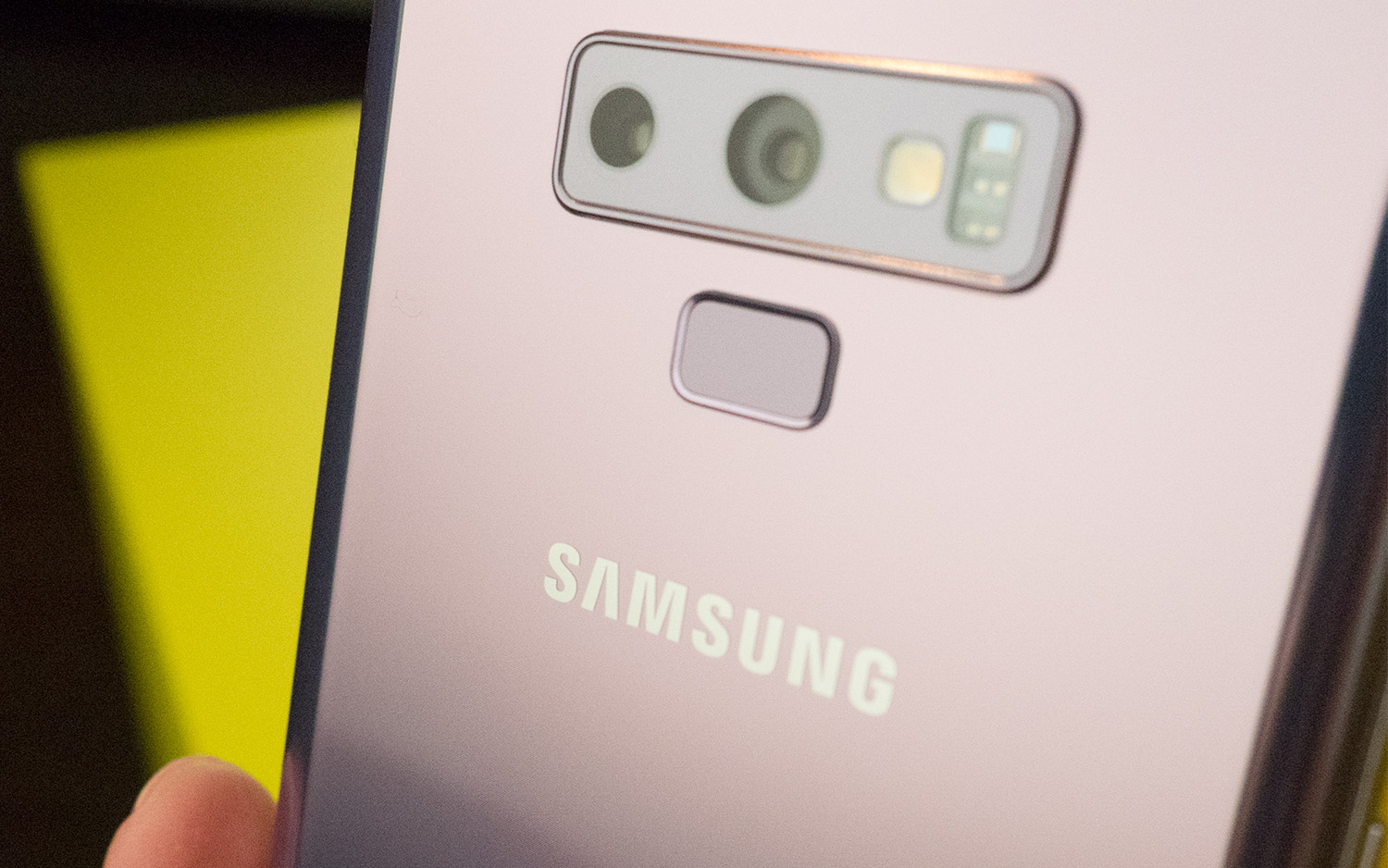
The new Note has built-in image recognition, which can automatically identify 20 scenes, ranging from basics such as food and flowers to photos that have both mountains and water in them. The camera then optimizes the settings, including white balance and exposure, to create the best possible image. The AI camera has a setting that optimize low-light photos, which could make it better than the S9 at capturing images at bars, concerts and other nighttime outings.
In our hands-on time with the Note 9, we were impressed by the phone’s ability to emphasize contrast compared to the S9. A pile of orange-and-yellow macarons looked more vivid with the AI setting activated. And unlike other phones with AI cameras, the Note 9 lets you turn that setting off if you prefer more natural-looking images.
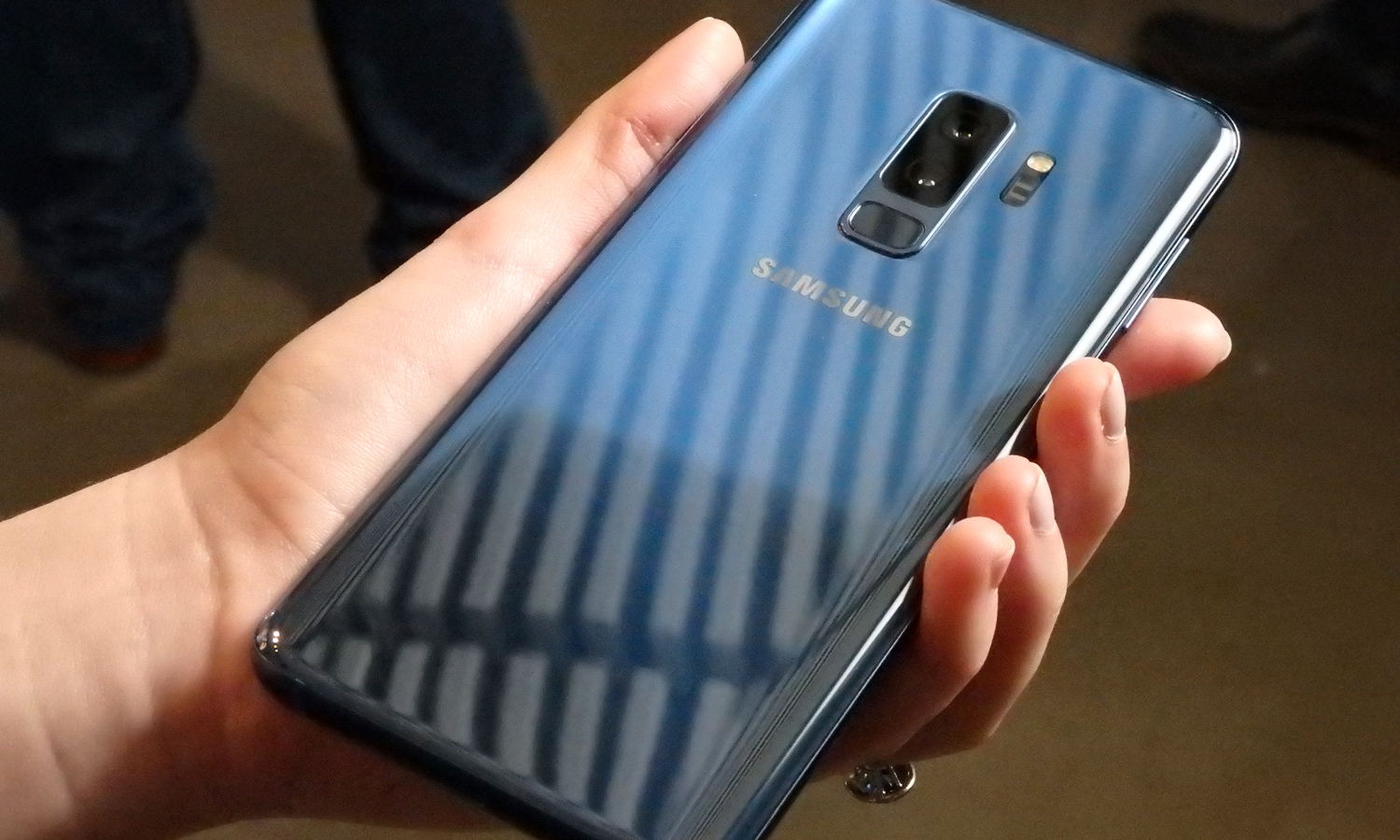
Another unique feature is the Note 9 camera’s flaw detection, which alerts you when your image didn’t come out perfectly due to blur, a smudged lens, intrusive backlight or when the subject of your shot blinked. This could save you some heartache later when you discover that great shot you thought you had taken didn’t turn out to be so Instagram-worthy after all.
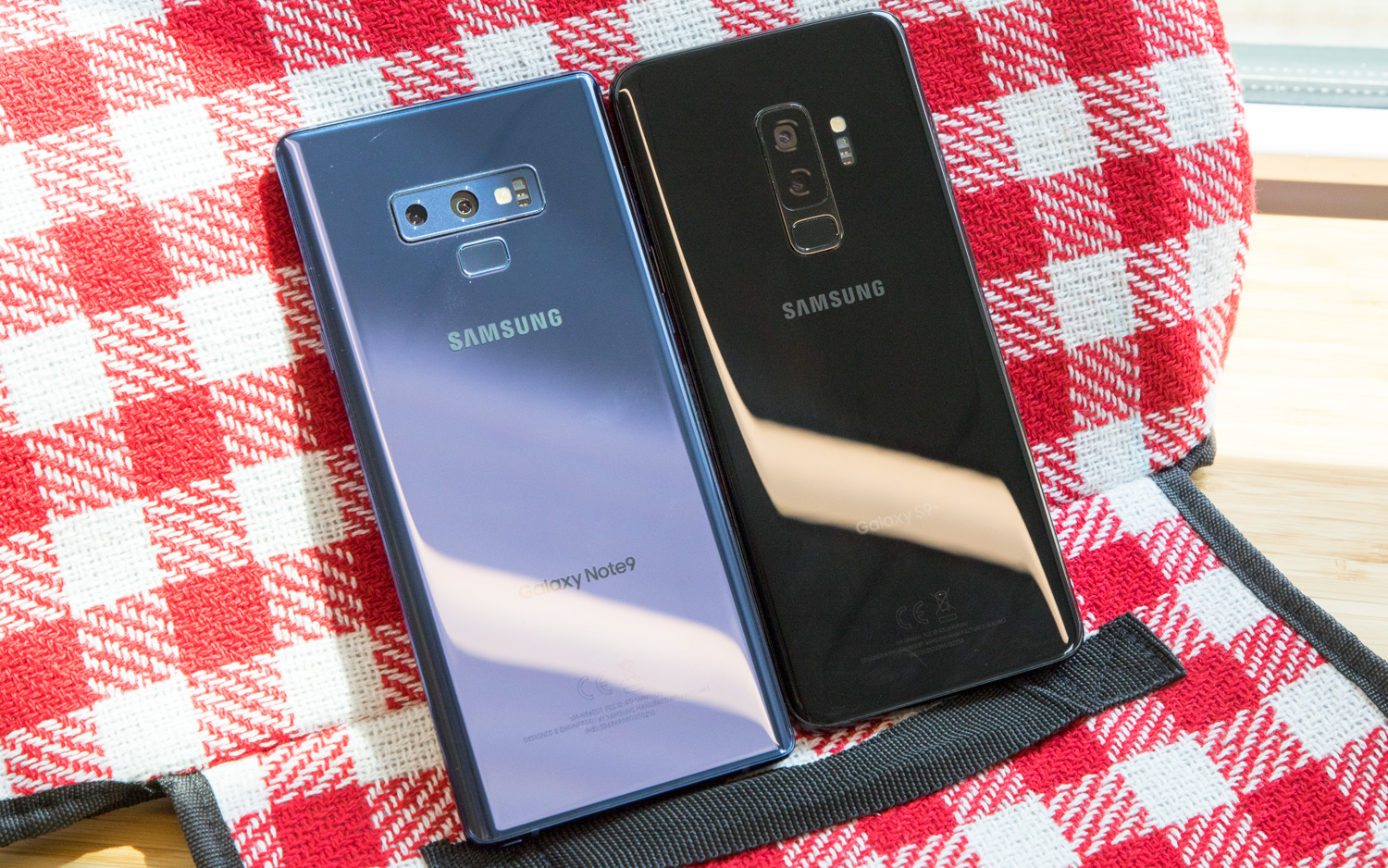
Other than the Note 9’s AI feature, which works whether you have access to the internet or not, the new phone’s cameras match what you get with the S9+ — even the dual aperture, which switches on the fly when you need more light. But AI gives the Note 9 an edge. The S9 also has a variable aperture, but gets buy with a single rear lens.
Advantage: Galaxy Note 9
Specs and Performance
The Note 9, S9 and S9+ all have Qualcomm’s latest Snapdragon 845 processor baked in, which means they can handle every task with ease. The 845, combined with 6GB of RAM, helped the S9+ notch a Geekbench 4 score of 8,295. That’s 2,000 points higher than the Note 8 with its Snapdragon 835 processor and comparable amount of RAM. A more expensive, $1,250 Note 9 comes with 8GB of RAM, which should make it even more powerful (though for a price).
When we ran Geekbench 4 on the Galaxy Note 9, Samsung's new phone scored 8,876 on the test that measures a phone's overall performance. That's better than the S9+'s score of 8,295. On the 3DMark Slingshot Extreme graphics tests, the two phones had comparable scores —4,639 for the Note 9 and 4,634 for the S9+.
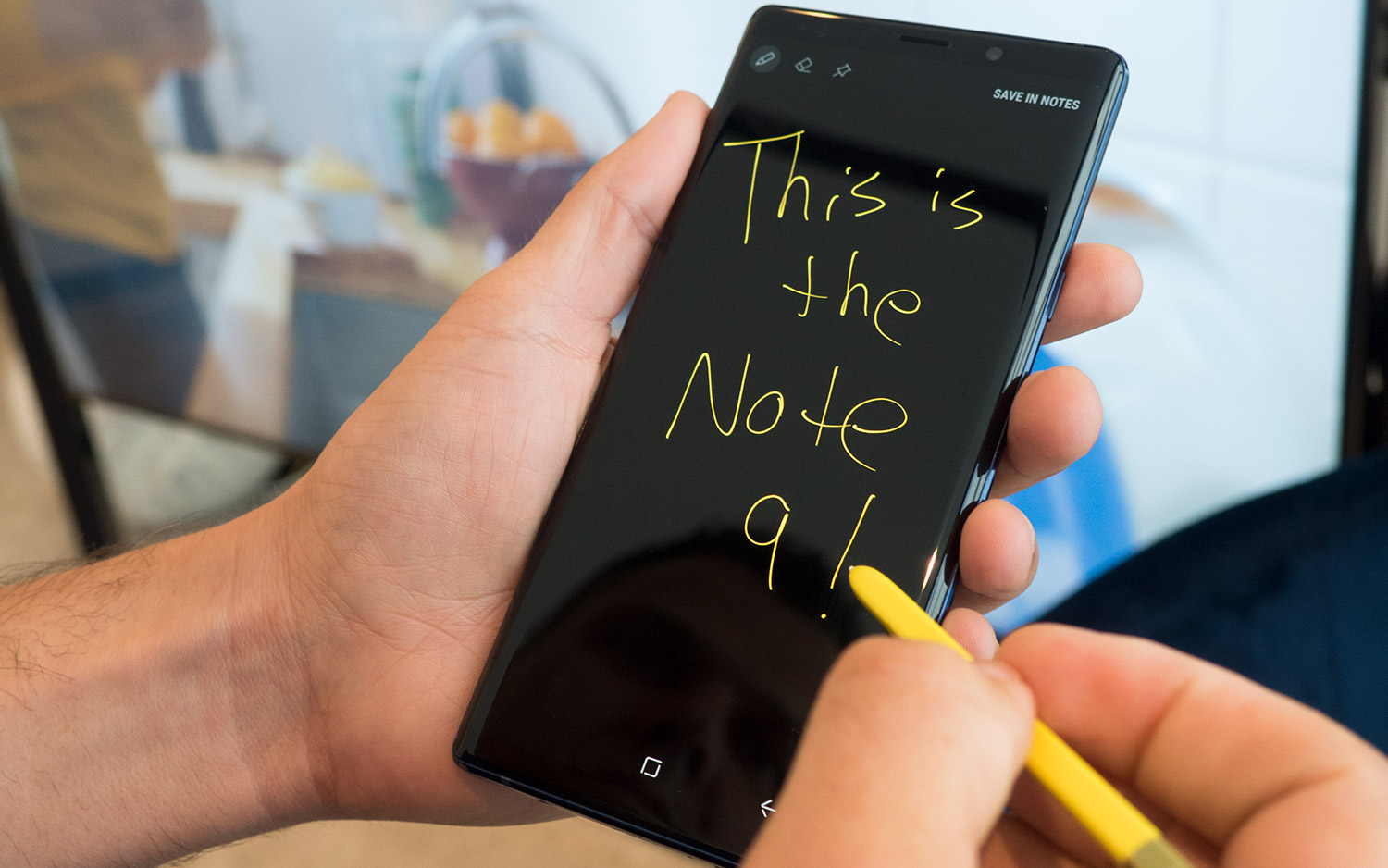
Another major selling point for Note power users is the ability to use Samsung’s productivity feature, DeX, without a dock. (The S9 and S9+ require a separate accessory.) Now with just an HDMI adapter, you can use the Note 9 with an external monitor and get two screens for the price of one. You can even use the phone as a keyboard or mousepad.
The Note packs in all of the features that set the S9 apart, including Intelligent Scan (yet another way to unlock your phone) and AR Emoji (which didn’t impress us). But with an upgraded S Pen, the ability to use your phone as a secondary PC screen, and an intelligent camera, the Note 9 ups the ante.
Advantage: Galaxy Note 9
Battery Life
The Note 9 has a gigantic 4,000 mAh battery, which means it should easily outlast the S9 (3,000 mAh) and S9+ (3,500 mAh). Both devices turned in respectable times on the Tom’s Guide Battery Test, continuous web-surfing over T-Mobile’s LTE network, lasting 10:52 and 10:59, respectively.
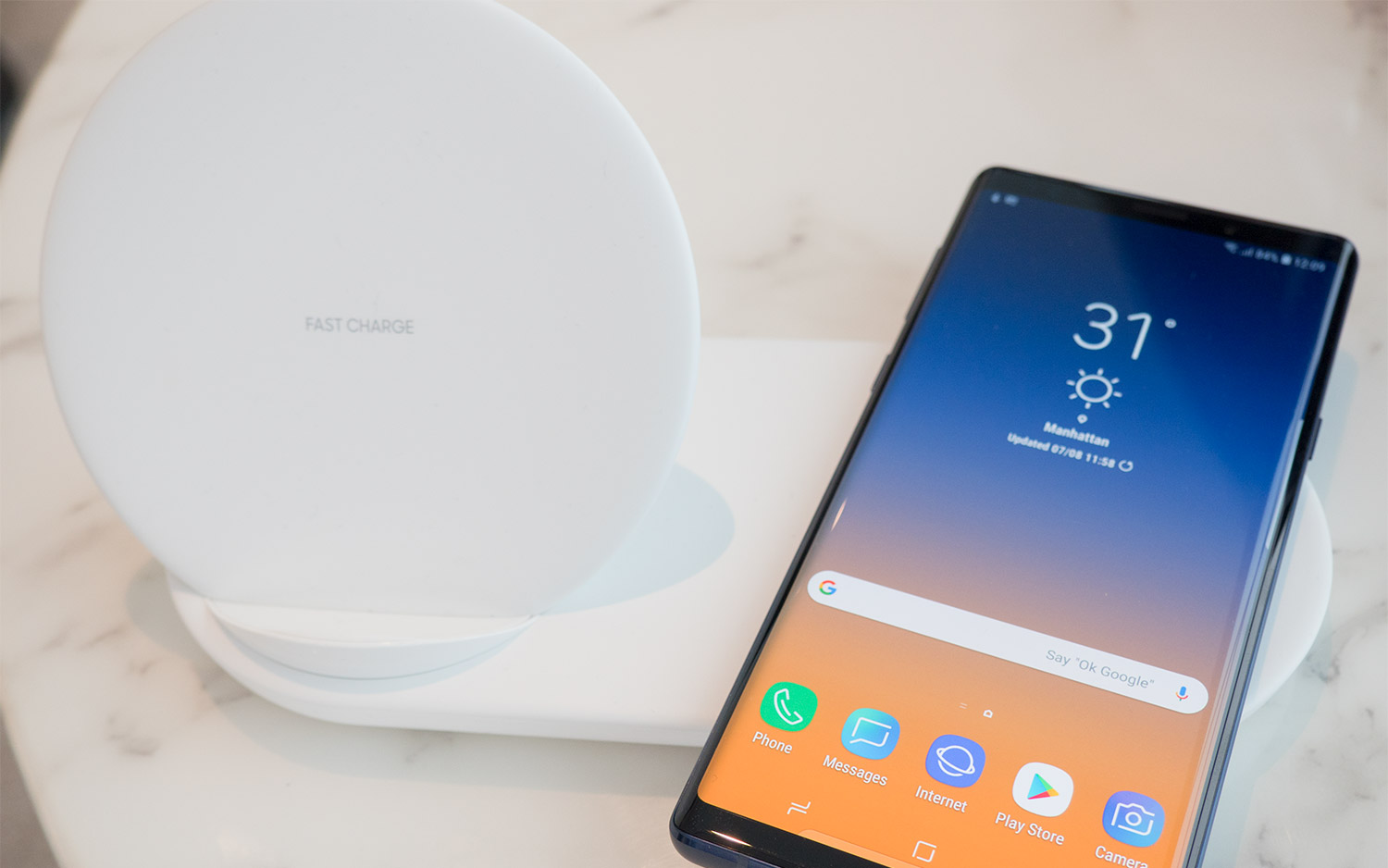
We’ll put the Note 9 to the same test to see how it fares against its little siblings.
Advantage: Galaxy Note 9
Price and Value
There’s no getting around it: The Note 9 is expensive. For $999, you can snag a 128GB version. A whopping 512GB of storage and 8GB of RAM will cost you $1,249. Keep an eye peeled for launch offers on the Note 9 that could lower the cost of the phone, though as of this writing, none have been announced yet..
The S9 and S9+ haven’t been selling as well as Samsung had hoped, which means you can score some huge discounts on both devices. The S9 starts at $720 and the S9+ starts at $840, but some carriers are offering up to $300 off or buy-one-get-one deals. Check out the latest Galaxy S9/S9+ offers here.
Advantage: Galaxy S9
Outlook
The Note 9 promises to be faster, longer-lasting and more powerful than any previous Samsung smartphone, with a better camera and useful stylus, to boot.
But all that comes at a cost: $999, and more if you want the very best specs in your phone. And when you can easily find a discounted S9, which has many of the same features, the Note 9 might be a tough sell.
We’re going to put Samsung’s newest flagship through its paces to see if all of those features are worth the high price tag. For now, based on the specs, the Note 9 looks like an early winner.
Image Credits: Tom's Guide
Caitlin is a Senior editor for Gizmodo. She has also worked on Tom's Guide, Macworld, PCWorld and the Las Vegas Review-Journal. When she's not testing out the latest devices, you can find her running around the streets of Los Angeles, putting in morning miles or searching for the best tacos.
